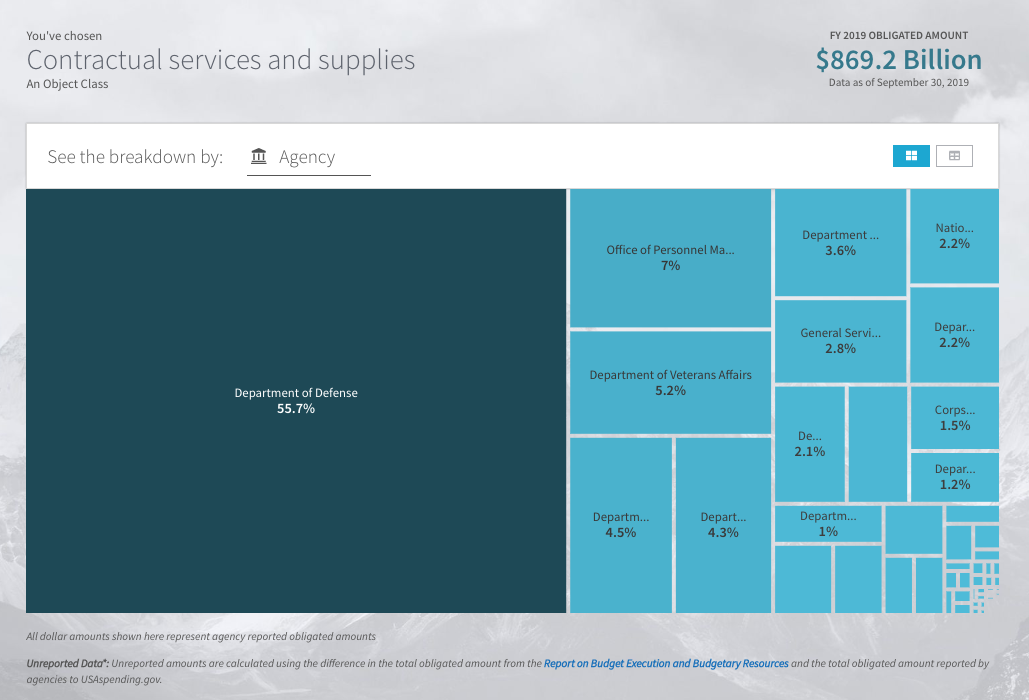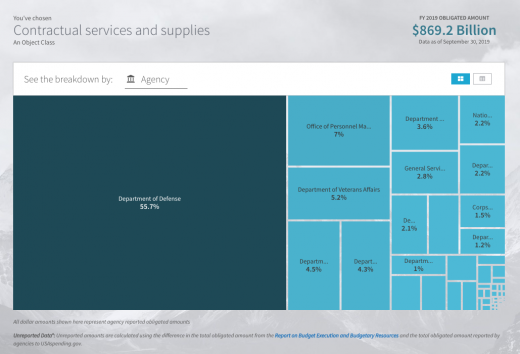$869.2B in Federal Contracts in 2019 — How to Land One for Your Startup
Insights for entrepreneurs on submitting for federal business opportunities with the US government.

- Source: Fandango
Only 10% of what you see on SAM.gov is actually available for you to bid. This is because most businesses already have relationships with procurement officers before the opportunity goes online.
I didn’t know this as an entrepreneur. I pushed my business through this never-ending cycle of bidding on government applications with no results. I would apply to every opportunity that seemed to match my business services, only to be disheartened by an unresponsive agent. So I blamed it on the system, saying, “the government is slow.”
But there’s no denying how our country spends more than the amount of Sweden’s economy on contracts in one year. The sheer volume requires efficiency.
I figured I must’ve been doing something wrong. So, I met a business advisor who specializes in government procurements at the Small Business Administration. She helped me see my simple mistake: I wasn’t building relationships with government procurement officers.
She showed me how to identify and approach a list of ideal government buyers (IGBs). I’d like to share that guidance to help you increase your odds at landing a federal contract for your business.
Tricks of the Trade — Find the Buyer, Not the App
America spent nearly a trillion dollars on contractual services and supplies with businesses in 2019. When you log into SAM.gov, you get excited. It’s hard to avoid the feeling when you see some of these government contracts worth billions by themselves, let alone the thousands of overall opportunities.
Source: United States
Your first reaction, like mine, is to start finding contracts that match what your business offers. Uncle Sam makes you feel special when he points at you. But Uncle Sam is a tease. While you think his contracts seem to be asking for you specifically, Sam is out there flirting with others.
But don’t close that window yet.
The surefire way to get your business noticed is to find the buyers for federal contract opportunities and begin a dialogue with them.
This changes the entire process.
Instead of searching and filtering opportunities for the purpose of bidding, use those opportunities to find the names and contact info for the procurement officers.
Outreach Etiquette — Don’t Contact if Unready
Before you reach out to a government buyer, you should know she’s busy and held to an extremely high standard by her employer: the United States government. Realize that your objective should be to make her job as easy as possible. Simply put, if you make it difficult for her to work with you, then she just won’t.
The implied prerequisite for you to know is whether she’s still the appropriate buyer for your industry, sub-industry, service, and so on. Check other purchases she’s made in recent months/years. If you can’t find them online, then ask her directly if she’s the appropriate buyer.
But please don’t just start pitching your business. If she’s the wrong buyer, then maybe she can introduce you to the right one.
In the meantime, you can start learning the following:
- How your business should be set up to do deals with her
- What registrations and certifications you should have
- The purchasing process of her specific employer (e.g. city, county, state)
Once you’ve determined the right buyer, you should ask her:
- Do you purchase in smaller quantities?
- Do have a pre-qualification process?
- What can I do to make your job easier?
Ultimately, you want to understand the buyer’s needs, challenges, and buying process so that you can prepare yourself to do business with her.
The Process — 10 Key Things to Consider
There’s a reason the procurement process seems near impossible for a startup to break through. A startup hasn’t shown a track record to give a buyer confidence.
She expects you to maintain a long-term relationship with the government and sustainably deliver. For you to build that confidence, you need to show the buyer:
- That you exist
- That you want to earn her business
- That your startup can benefit the government
- That you already have a product / service offering
- That you can perform
- That you have performed
- That there’s a way she can buy from you
- That you have the best and fair prices
- That you’re willing to do whatever it takes
- That you are committed
It would be amazing if your business lands a $ 50m contract from the US government. But what if you get the bid and you can’t deliver? The buyer needs to know she can rely on you, that your business will sustain the demand.
Conclusion
At the time I started bidding, I chased the 90% of federal contracts that had already been fulfilled. Then I learned a way to escape this dilemma.
It’s important to realize the system is supposed to be this way by design. The government procurement process is actually pretty well established. And it doesn’t really matter how small you are, you can win a bid by partnering with others or shooting for smaller opportunities.
Regardless of your strategy, the real name of the game is Buyer Relations.
Originally published here.
Business & Finance Articles on Business 2 Community
(13)


